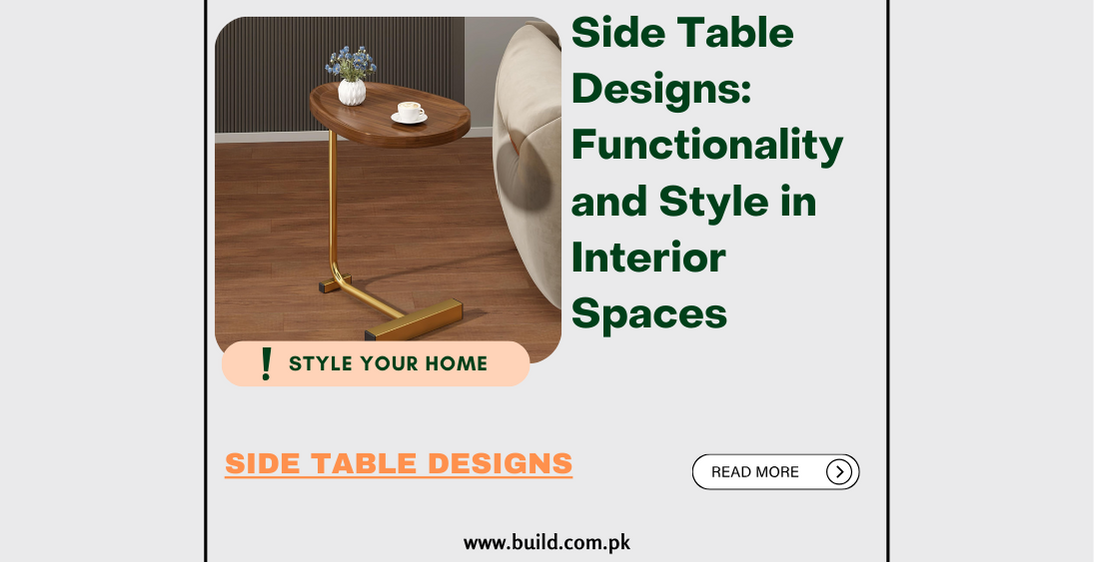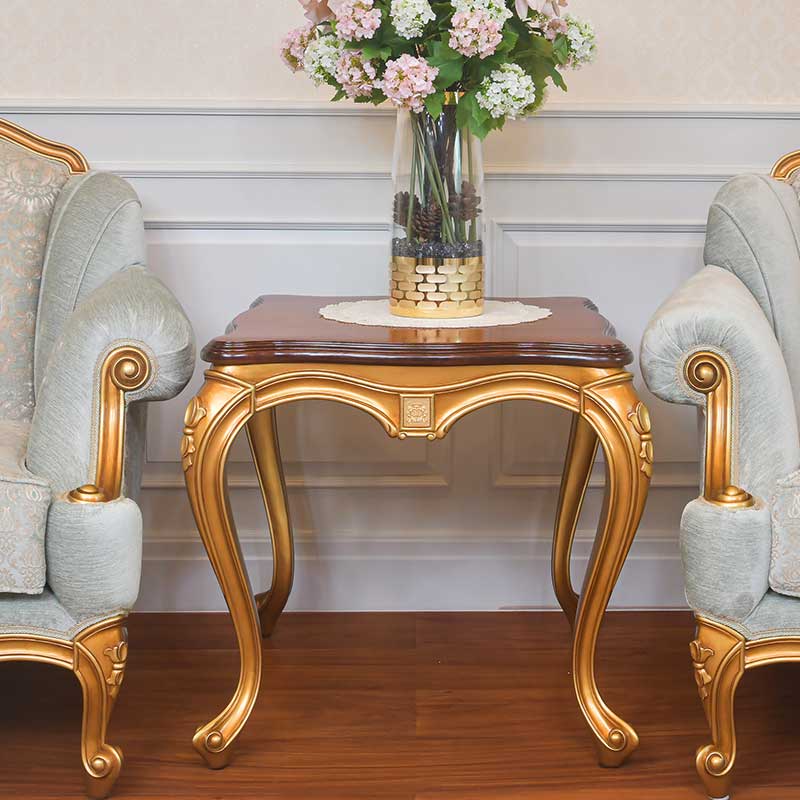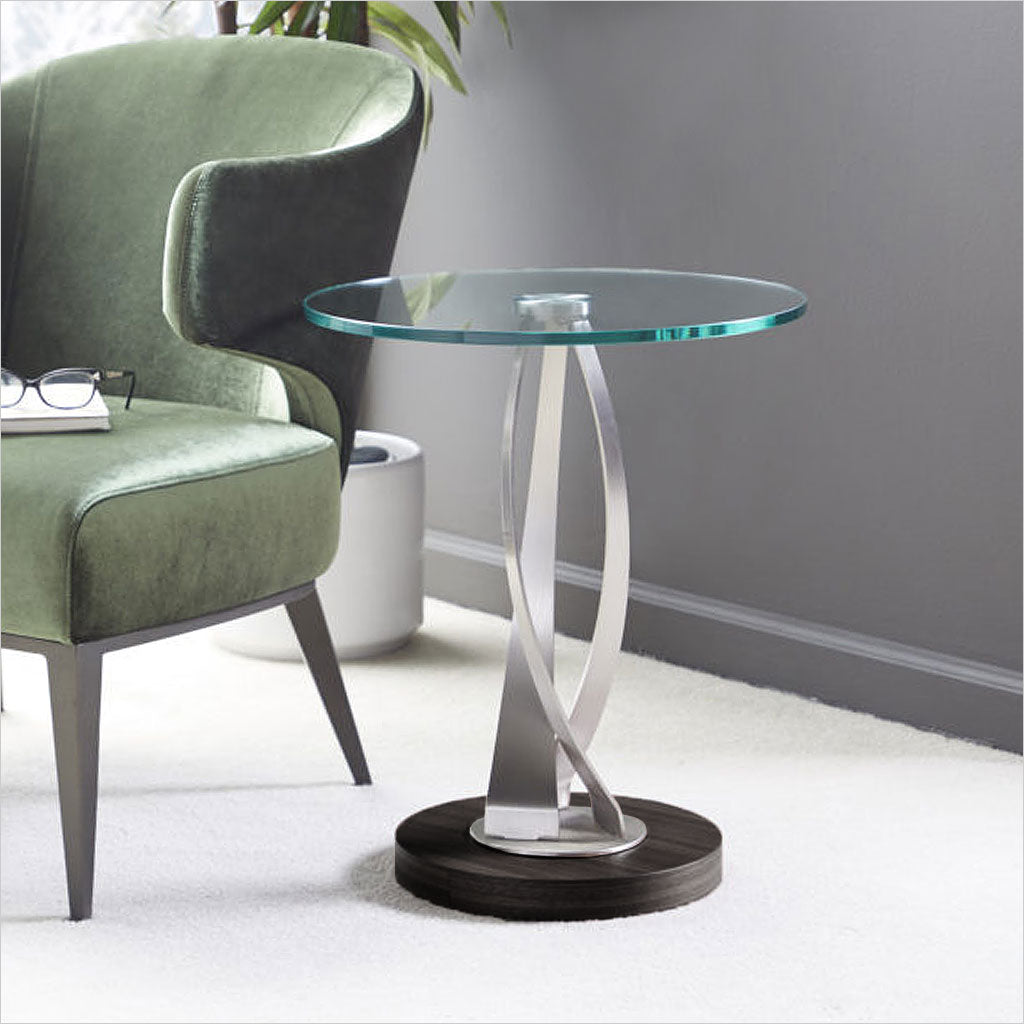Side Table Designs: Functionality and Style in Interior Spaces

Introduction:
Side tables are not just utilitarian pieces; they are
versatile accents that contribute to the aesthetic appeal and functionality of
interior spaces. This detailed guide navigates through an array of side table
designs, showcasing their diverse styles, materials, and functionalities. From
classic to contemporary, minimalist to ornate, side tables serve as essential
companions to sofas, beds, and chairs, adding convenience, personali ty, and a
touch of elegance to every corner of a room.
Classic End Tables:
Classic end tables epitomize timeless elegance and
functionality. These tables typically feature clean lines, sturdy construction,
and versatile finishes. Often found in wood or metal, they offer a simple yet
sophisticated addition to any living space. Classic end tables are versatile
enough to complement various decor styles, seamlessly blending into both
traditional and modern settings.

Contemporary Accent Tables:
Contemporary accent tables boast innovative designs and
materials that redefie conventional concepts. Characterized by sleek lines,
asymmetrical shapes, and mixed materials like glass, acrylic, or polished
metals, these tables make bold design statements. Their artistic and often
geometric shapes elevate the room's aesthetic, serving as eye-catching focal
points in contemporary interiors.

Nesting Tables:
Nesting tables are versatile and practical, offering a
space-saving solution with their stackable design. These tables come in sets of
two or more, allowing for flexibility in use. Nesting tables can be arranged in
various configurations to accommodate different needs, providing additional
surface space when guests arrive or functioning individually as standalone
pieces when required.

Rustic Farmhouse Side Tables:
Rustic farmhouse side tables exude a cozy, countryside charm.
Crafted from reclaimed wood or distressed finishes, these tables often feature
robust, chunky designs with intricate detailing. They add a warm and inviting
touch to interiors, seamlessly blending with farmhouse or cottage-style decor.

Modern C-Shaped Tables:
Modern C-shaped tables are sleek and space-efficient. Their
unique design allows them to slide under sofas or chairs, providing a
convenient surface for placing drinks, laptops, or snacks while lounging. These
minimalist tables are crafted from materials like metal or wood and offer a
contemporary aesthetic with their functional form.

Market Availability of Side Table Designs
Furniture Stores and Retailers:
Local furniture stores and retailers are primary sources for
side table designs. These brick-and-mortar establishments often showcase a
diverse range of styles, allowing customers to physically explore various
designs, materials, and finishes. They provide immediate availability and the
opportunity for hands-on inspection before purchase.
Online Retail Platforms:
E-commerce platforms offer a vast array of side table
designs, providing convenience and accessibility to a wider selection.
Customers can explore numerous designs, compare prices, read reviews, and make
purchases from the comfort of their homes. Online retailers often have a
broader inventory, including unique or niche designs that might not be readily
available locally.
Specialty Furniture Stores:
Specialty furniture stores, both physical and online, cater
to specific design themes or materials. These stores focus on offering
distinctive and curated collections that cater to niche tastes or specific
interior design concepts. They often feature more specialized or high-end
designs, providing customers with unique and exclusive options.
Designer Furniture Stores:
Designer furniture stores curate collections from renowned
designers, featuring ex clusive and high-end side table designs. These stores
prioritize innovation, craftsmanship, and distinctive aesthetics, offering
premium designs that cater to discerning customers.
Conclusion:
Side tables are indispensable elements in interior design,
offering both functionality and style. Their versatility in design, ranging
from classic elegance to modern innovation, allows them to seamlessly integrate
into diverse decor schemes. Understandin g the nuances of different side table
designs empowers individuals to choose pieces that not only serve practical
needs but also enhance the visual appeal of their living spaces.
This detailed blog aims to provide an in-depth exploration of various side table designs, their unique features, and how they contribute to enhancing both the functionality and aesthetics of interior spaces.









